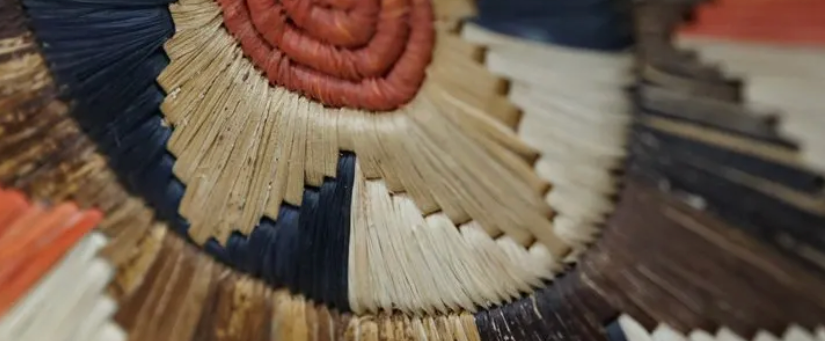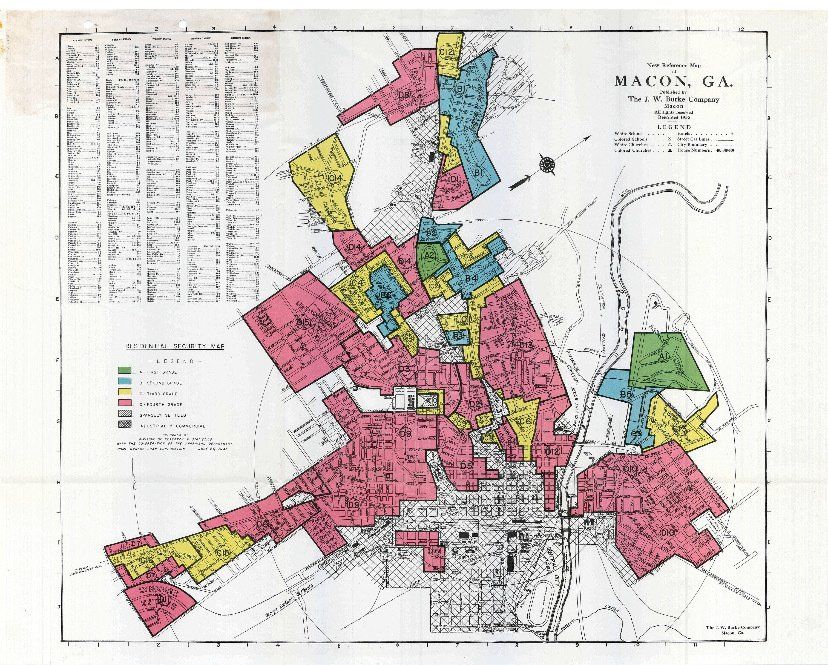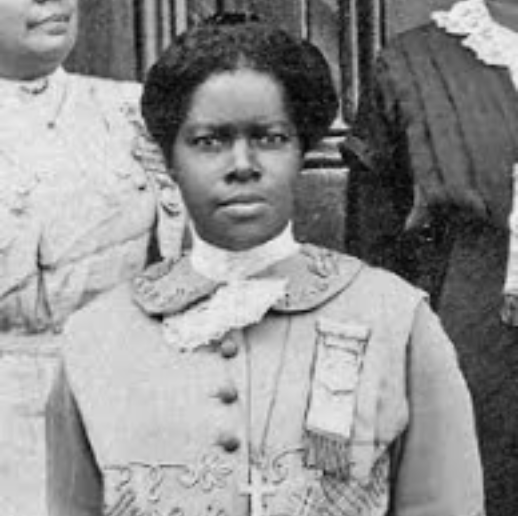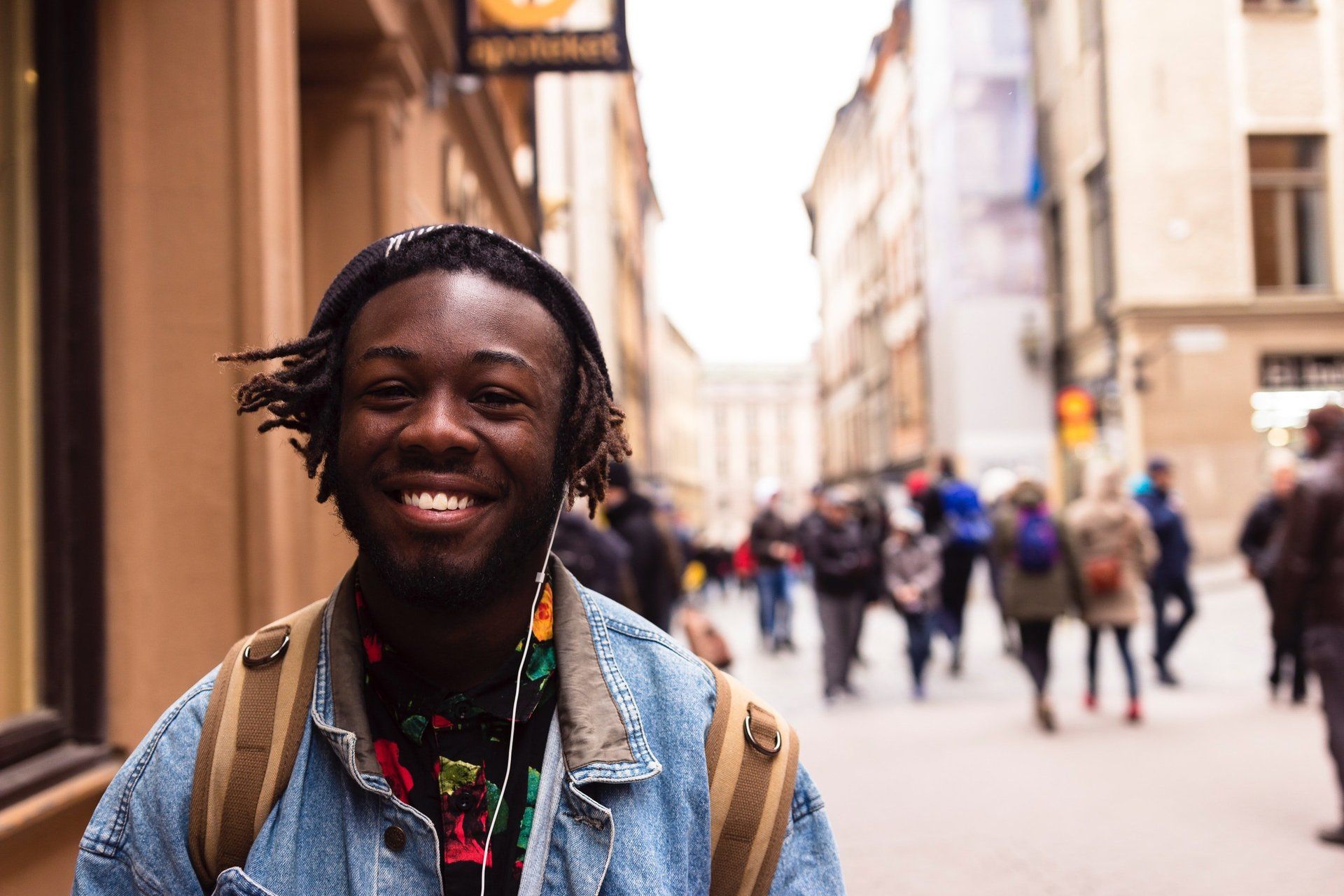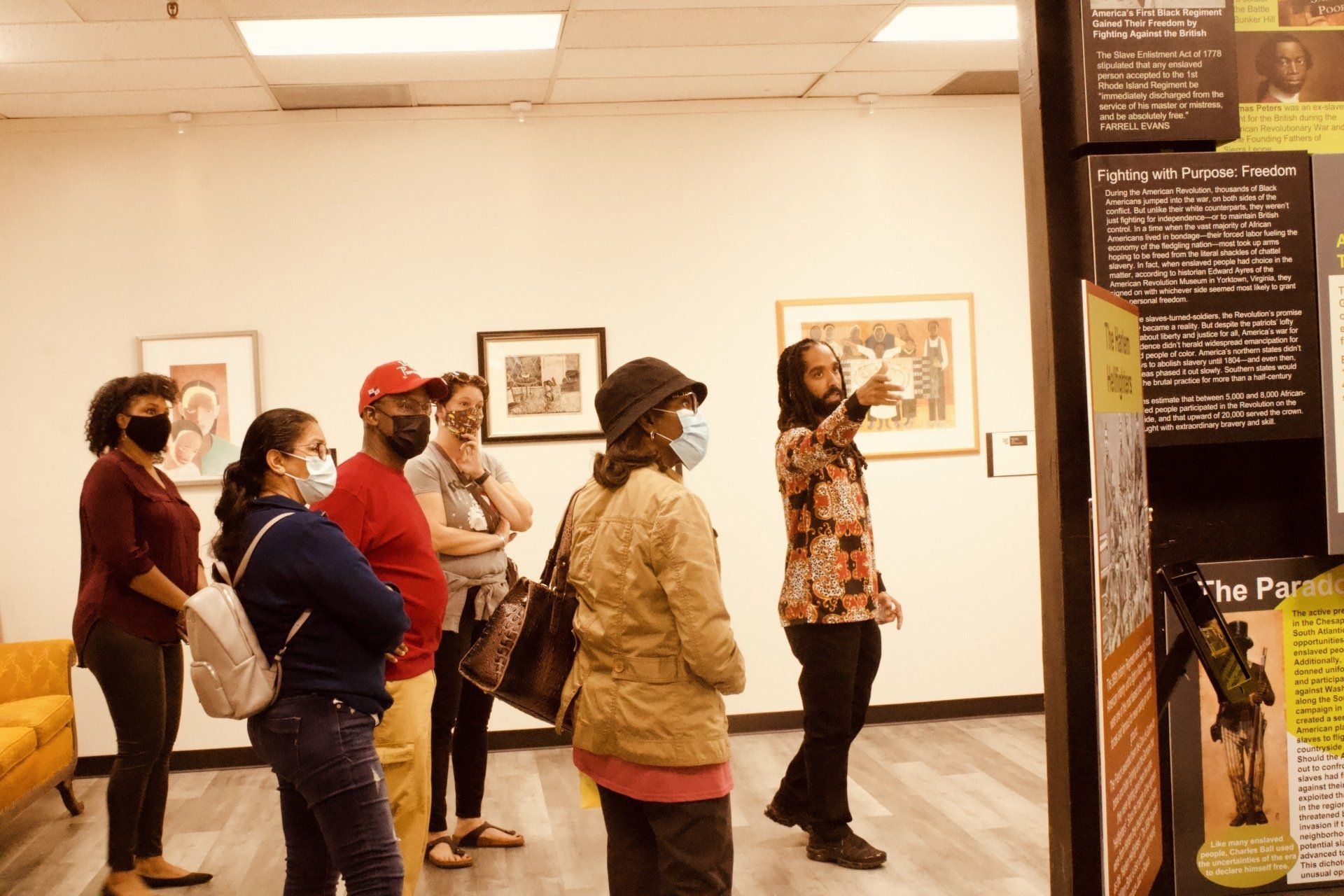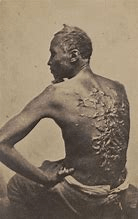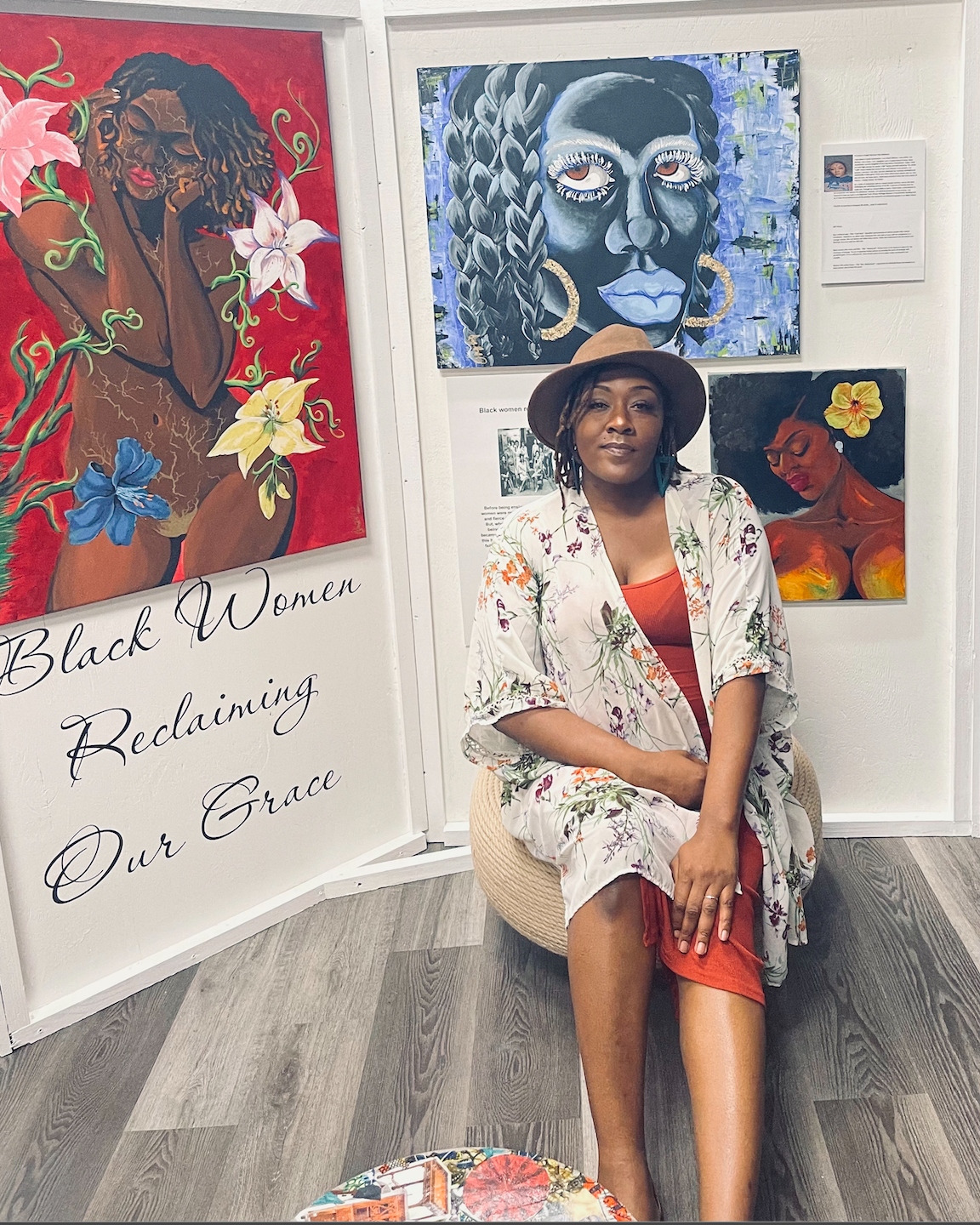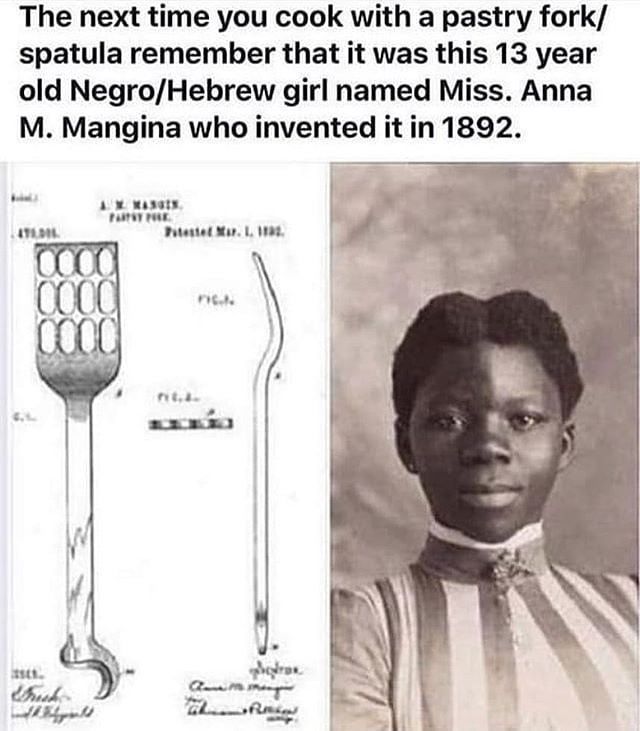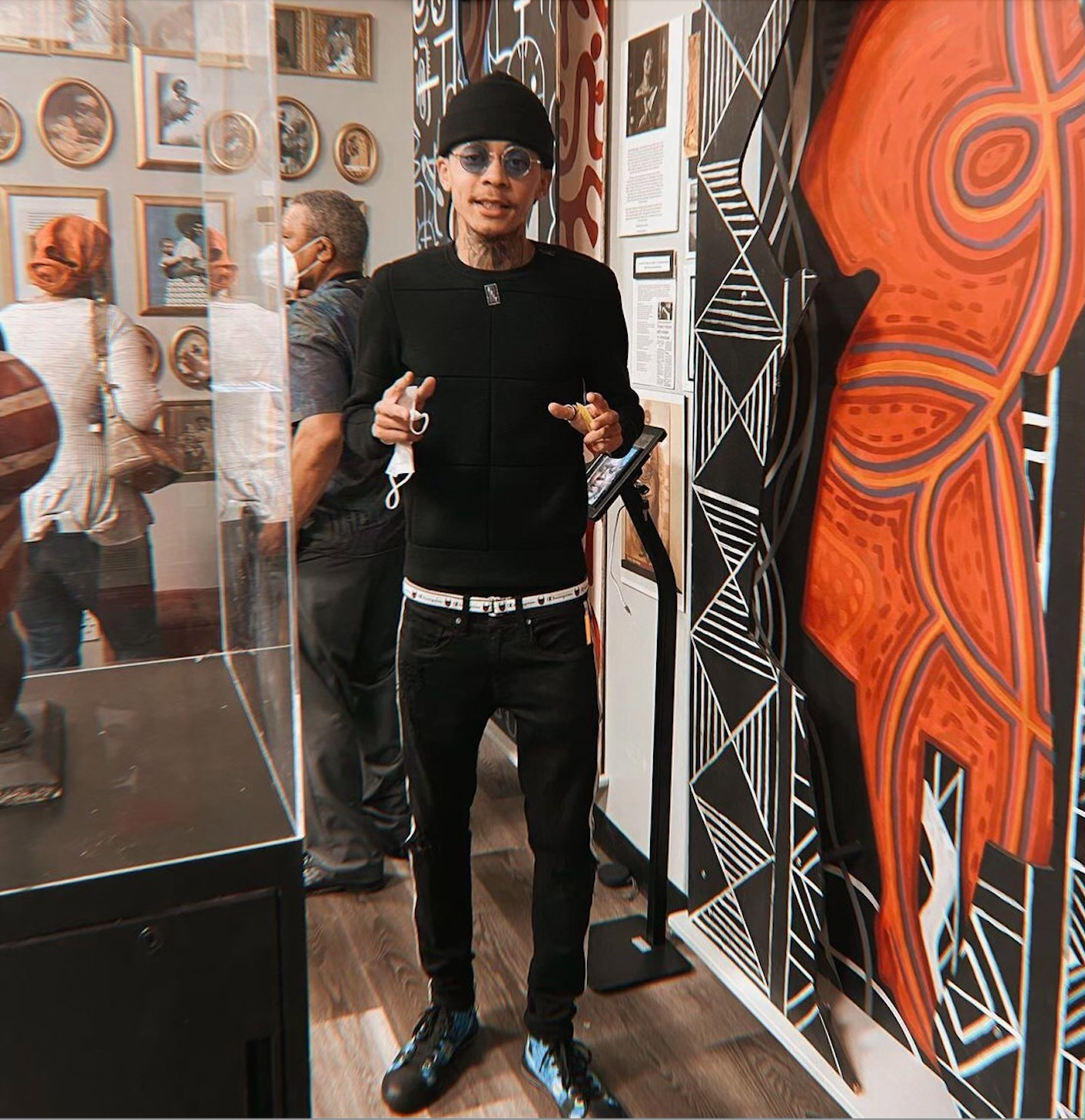Artist Highlight with @TheBagLady41
"I wanted to create something that looked like me. Something that I couldn't find anywhere else."
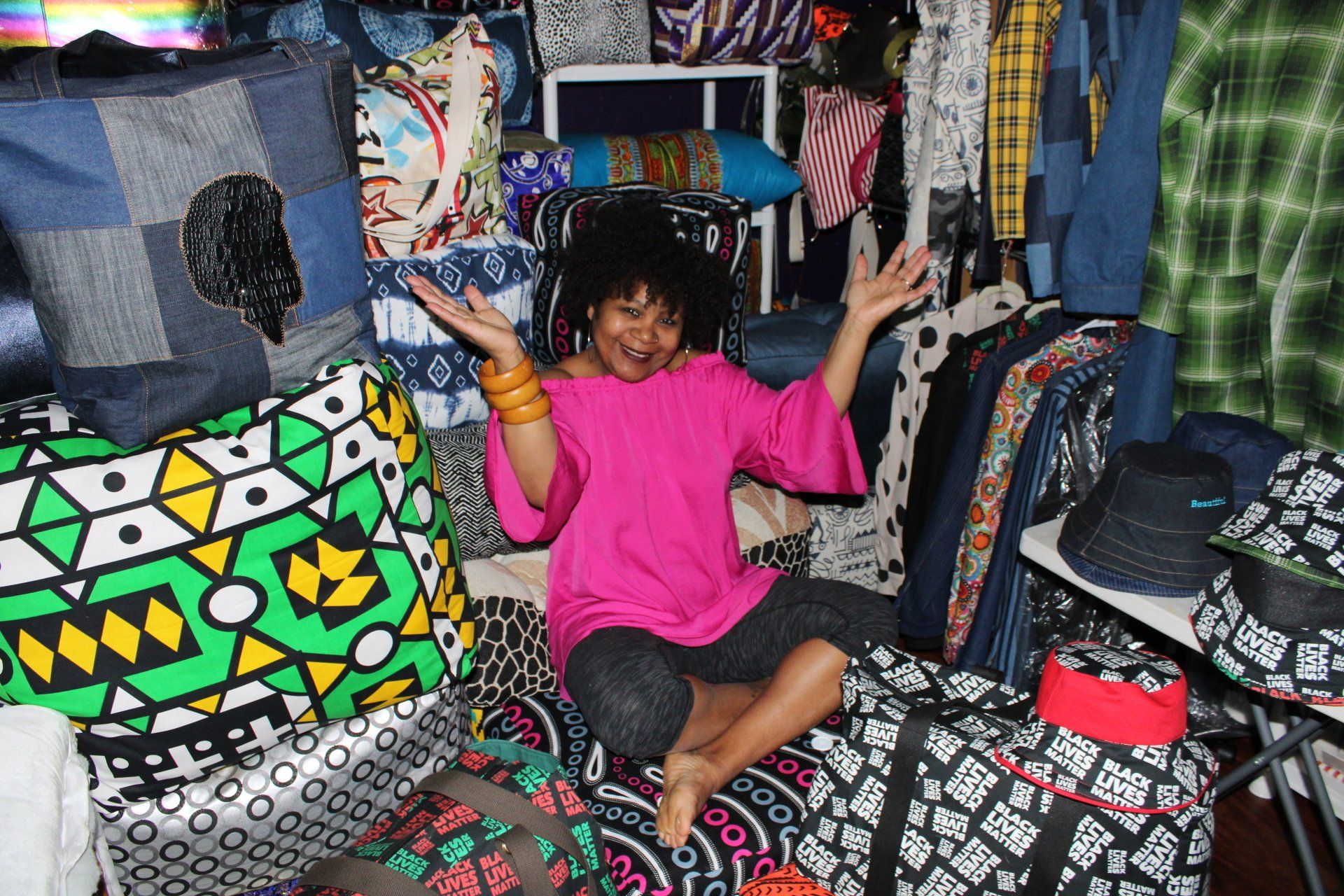
On March 12, 2021 I interviewed artist & CEO The Bag Lady 41 about her one woman show and her journey throughout the years of starting her own business
-Naya Douglas
Who is the Bag Lady 41?
That’s a good question. I would have to say the Bag Lady 41 is someone who loves creating different things. That’s what got me started making bags. I like bags but I couldn’t find anything that was different. Everything looked the same, I call it cookie cutter. So I decided to create my own bags in my own vision of what I liked and by doing that I created the Bag Lady 41.
I do custom bags. One of a kind which gives someone the inclusivity of a one of a kind item, which is what I like. I never create the same bag twice. We are all one of a kind and I want everyone to experience that.
“Embrace your individuality. Embrace who you are. Embrace your difference. We’re all different and we should embrace that. We don’t all want to be the same.”
What made you start sewing? How old were you?
I started sewing, sewing at probably 17 or 18 with a sewing machine. But I would always sew by hand ever since I was a kid. I got my love of sewing from my mother. She could basically look at anything and make it. I’m talking clothes to furniture to anything. She could just look at it, vision it, and recreate it in her own vision.
“It goes back to my heritage. Seeing someone who looks black, African American, someone with kinky curly coils, someone with darker skin.”
What have you learned from starting your own business?
I have learned that it’s a lot of hard work, especially with me because I am a perfectionist. I spent a lot of time creating and thinking about the things I’m going to make even before I start on them. I give a lot of thought to what exactly it is I want to make and a lot of times I have no idea. I’ll just start something and take it from there and I tend to start over a lot because it’s not to the standard that I hold it to. It’s also hard work because I do everything. And when I say everything I mean from the drafting of what I want to make, from creating it in my mind, putting it down on paper, selecting the materials I’m going to use, sewing it together, cutting my own wood for my ottomans, nailing and putting together the base, I try to market it, I do every single thing for it.
“Someone might see it and think that’s it gorgeous or it’s beautiful but I can see every flaw in it which can sometimes be a good thing. Flaws and imperfections make it beautiful, that’s sometimes the best part about it.”
What is your thought process when making a new project?
I go with my gut. I go with my feelings about it. I have to feel it, I have to see it, to touch it in order to create something. For instance when I’m looking for fabric, I never go looking with the intention of finding a specific thing. It has to appeal to me. It has to talk to me. I’m going off of my instincts with it.
What is your overall goal of where you want to take your business?
My overall goal is I definitely want to be able to market the things I sell but I want it to be where I am still able to be the one to create things. I don’t want to pass it on to anyone. I want to still be able to be hands on. Sometimes that’s a good and bad thing because it takes a lot of time and effort to make the things I make.
You’ve been to multiple pop up events, what would wou say would have to be your best experience?
My best experience would probably have to be when I was in New Orleans for the Essence festival. It gave me a really huge market to be able to showcase my products, my talents, my abilities. It also gave me the opportunity to see other creative people, not just ones who create the same things that I do. It was just an array of different people who looked like me who had a ton of different products and it was really good to be able to communicate with them.
“I’m not a one stop shop. I have so many ideas in my head that it’s probably going to take me an eternity to get them all out. I love to create. I have many talents and there’s a lot of things that I love to make and I want to be able to share it with everyone.”
Instagram: thebaglady41
Facebook: thebaglady41
Twitter: thebaglady41bag
